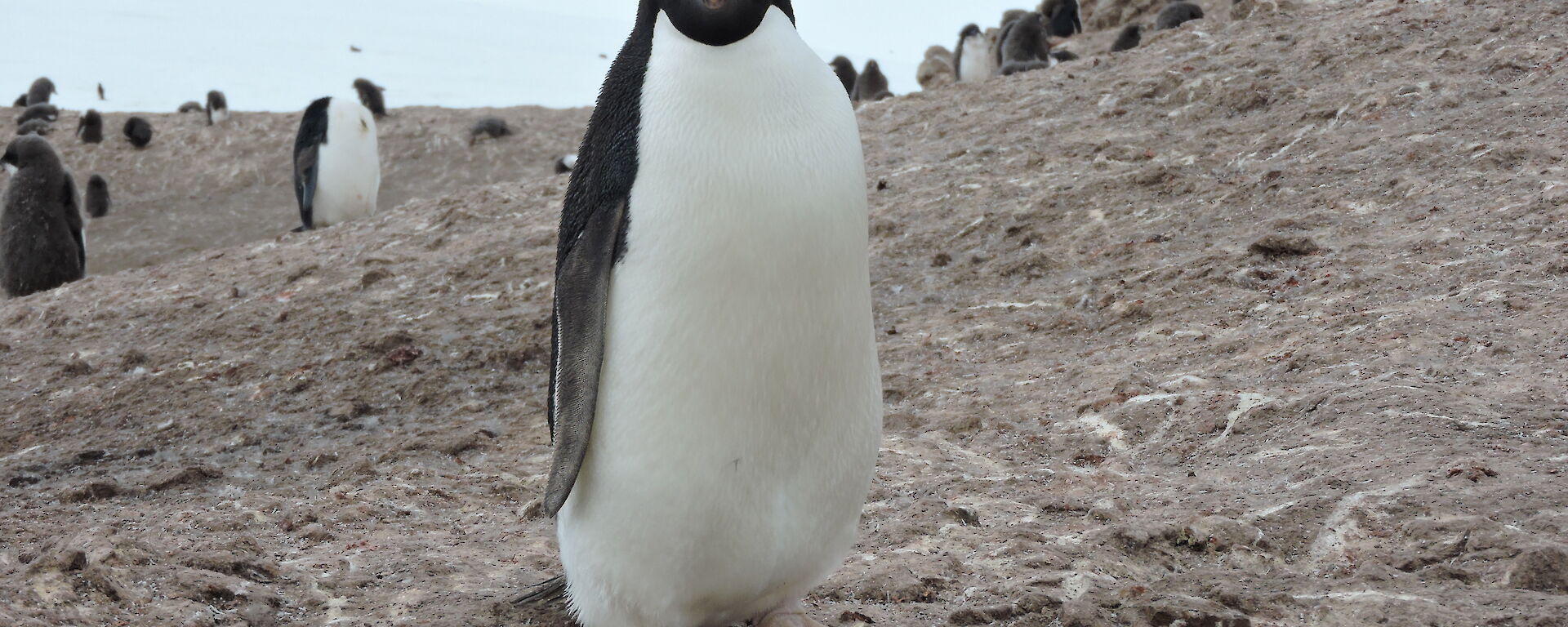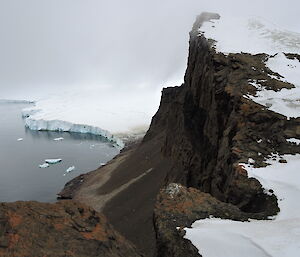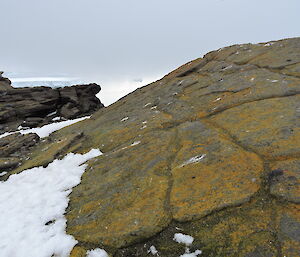Ice-free areas in Antarctica could expand by close to 25 per cent by 2100 and drastically change the biodiversity of the continent, research published today in Nature has shown.
The paper is the first to examine the impact of climate change on ice-free areas in Antarctica, which currently cover less than one per cent of the continent, yet are home to almost all Antarctic plants and animals.
Led under the Australian Antarctic Program by PhD student Jasmine Lee and Australian Antarctic Division senior research scientist, Dr Aleks Terauds, the research shows a warming climate will cause ice-free areas to expand and join together.
“While this might provide new areas for native species to colonise, it could also result in the spread of invasive species, and in the long-term, the extinction of less competitive native species,” Dr Terauds said.
“We predict that melt across the Antarctic continent will lead to the emergence of up to 17,267km2, close to 25 per cent, of new ice-free areas by the end of this century.
“The Antarctic Peninsula shows the greatest change, but there are also impacts along the East Antarctic coastline.”
Ms Lee, from the University of Queensland and CSIRO, said the research team used models to examine the impact of climate change on ice-free areas.
“Until now, Antarctic climate change research has focused mainly on ice sheets and the potential impact on global sea level rise, while the effect of climate change on ice melt and native Antarctic biodiversity has been largely overlooked,” Ms Lee said.
“Permanently ice free areas range in size from less than one square kilometre to thousands of square kilometres and they are an important breeding ground for seals and seabirds. They are also home to small invertebrates such as springtails and nematodes, and vegetation including fungi, lichen and moss, many of which occur nowhere else in the world.”
Dr Terauds said the findings of the study were especially important given the restricted distribution of many of these species, which are often only present in a single region across the continent, or even a single ice-free area.
“Understanding the effect of expanding ice-free areas is essential if we are to fully understand the implications of climate change in Antarctica,” he said.
This research was presented at the recent Antarctic Treaty Consultative Meeting held in China in May.
The paper was co-authored by scientists from the Australian Antarctic Division, ARC Centre of Excellence for Environmental Decisions, Centre for Biodiversity and Conservation Science (The University of Queensland), British Antarctic Survey, CSIRO, and the Institute of Marine and Antarctic Studies (University of Tasmania).




